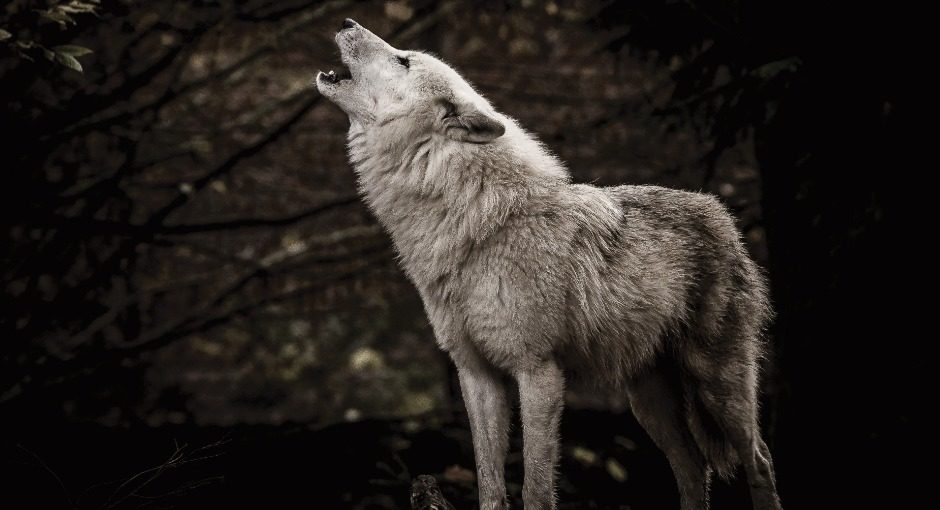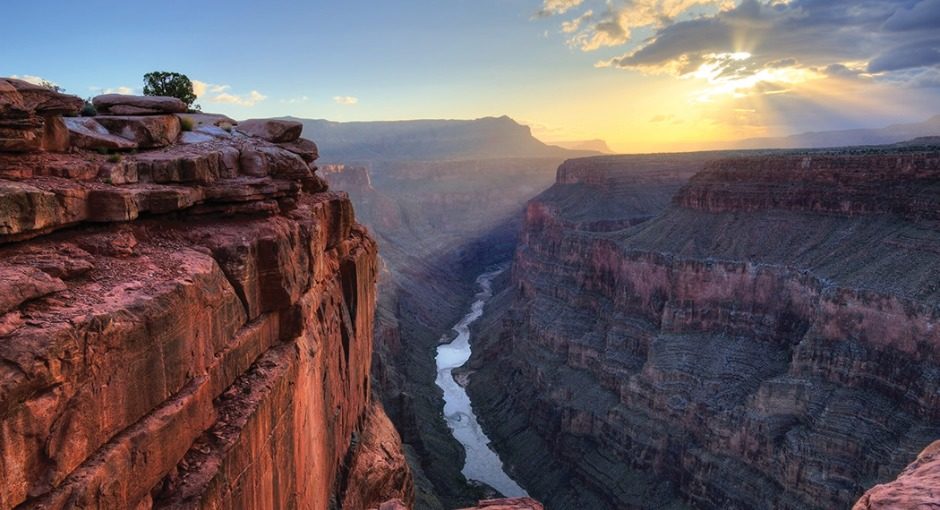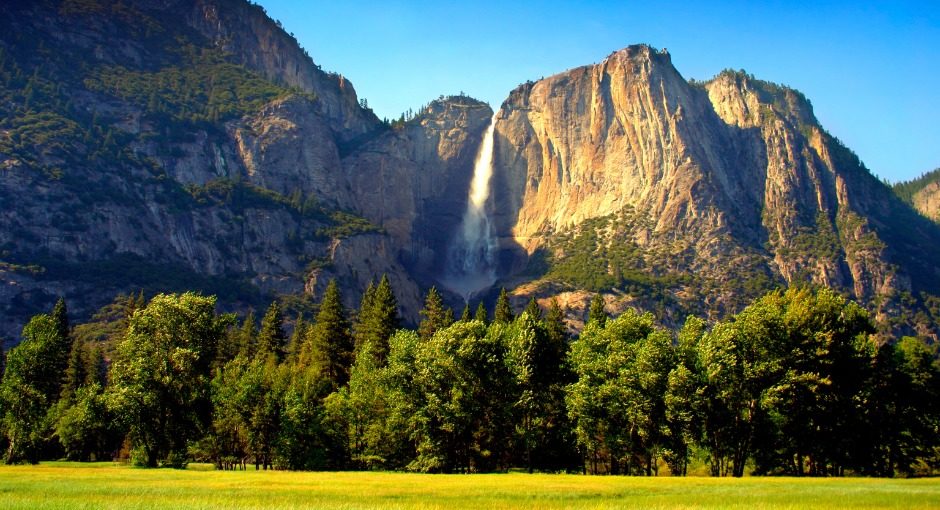The Top 4 National Parks to View Wildlife
Our National and State Parks play host to millions of visitors each year. But there’s a population of locals that knows them better than anyone: the cool creatures that live there.
Sure, there are 200 species of squirrels, and we’ve all seen deer and rabbits in some form. But what about the more elusive, A-list animals? The ones that aren’t so readily caught on camera, for one reason or another.
When you’re out hiking the Grand Canyon South Rim on your Yavapai Lodge stay, or seeing Niagara Falls for the first time, here’s what you might be lucky enough to spot.
Yellowstone National Park
More than 500 gray wolves call Yellowstone home, with 94 wolves that are known to reside in Yellowstone National Park. The gray wolf was reintroduced into the Greater Yellowstone Ecosystem in 1995, and has since played a major role in the biodiversity of the park.

If you’re lucky enough to spot a gray wolf, it will most likely be at dawn or dusk, and the northern range of Yellowstone is your best bet for catching a glimpse. You may see dark black wolves or mostly gray wolves – or you may just hear their howls from nearly 10 miles away.
If you want to better your chances at a sighting, consider staying just a mile outside of the north entrance at The Ridgeline Hotel at Yellowstone.
Niagara Falls State Park
While admittedly, the falls are what will grab your attention the most, keep your eyes to the skies for a chance at spotting the famed bald eagle. Our national symbol and a ringing endorsement of the Endangered Species Act, this is a bird of prey of immense size. You’re most likely to get a glimpse of one in early morning hours or at dusk.
Winter is a good time to look for bald eagles in Niagara Falls State Park. Start scanning the treetops in December, then really keep your eyes peeled in January and February. Really, winter is a good time in Niagara Falls, period. If you’ve never visited the Cave of the Winds when it’s frozen, you’re missing out.
Grand Canyon National Park
Native Colorado River fish have suffered as a result of changes in water volume since the completion of Glen Canyon Dam. This includes fish like the humpback chub, the only chub species still found in the Grand Canyon. Silver in color, humpback chub can live more than 30 years. The species wasn’t even scientifically described until 1946.

More and more, protected lands like Grand Canyon National Park provide a refuge for animals and plants that are under increasing pressure elsewhere. Plan a getaway this year to see if you can spot any of these rare Grand Canyon creatures for yourself – now there’s an Instagram-worthy pic.
Yosemite National Park
The Sierra Nevada red fox is one of two native species of fox in Yosemite National Park, and the only one that is currently state threatened and federally proposed endangered. Latest estimates put the Sierra Nevada red fox population very low – possibly as little as 40 animals.

They like high altitudes, remote habitats, are nocturnal and have roots that go back to the Ice Age. If you spot one, consider yourself lucky. Sightings are so rare that not much is known about their history. If you’re looking to help, the Pacific Forest Trust is dedicated to protecting the Sierra Nevada red fox through conservation projects and easements.
Hoping to catch a glimpse of one yourself? Head to Yosemite National Park.
